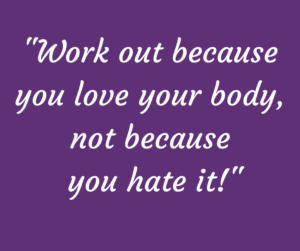 The Pilates Tower classes are some of our most popular classes for good reason. The Pilates Tower classes give you an amazing all over body work out that leaves you feeling stretched, lengthening and more mobile in your spine. The Pilates tower looks like it sounds. It is a metal tower-like structure that has various springs attached to it as well as a wooden bar called the push through bar.
The Pilates Tower classes are some of our most popular classes for good reason. The Pilates Tower classes give you an amazing all over body work out that leaves you feeling stretched, lengthening and more mobile in your spine. The Pilates tower looks like it sounds. It is a metal tower-like structure that has various springs attached to it as well as a wooden bar called the push through bar.
The tower’s various springs and structures are designed to support your body and give your body feedback during exercises. What this means in plain English is that you can do movements that strengthen and stretch you body and specifically your back without straining! One of my favorite examples of this is the Roll Down on the tower. The springs of the roll down bar support you so that you can use your abdominal muscles to do a very controlled roll down to the mat and back up. For many people this task would be impossible without the support of the equipment. And why would you want to do this exercise? This exercise strengthens you core muscles and at the same time stretches the usually tight muscles in our back, leaving your back feeling amazing!! Check out the video below showing this exercise( I often call it the anti-sit up exercise!!)
Another favorite exercise of mine on the Tower is called the leg springs series. Does the thought of lying on your back and holding your legs up in the air scare you? Is it hard for you to straighten your legs in this type of position because your back and hamstrings are soo tight? (picture..)
The leg springs have a strap that your foot rests in and they are designed to help you hold your legs up in space while you are lying on your back, without straining!! Why is this important? This position allows us a very effective way to strengthen our back and core muscles in a supported way and at the same time helps us create more flexibility in the backs of our legs. When our core muscles get stronger and our muscles lengthen and stretch in a balanced way.. our body feels better and moves better on a daily basis. Check out the video below where I talk about and show a few of the leg spring exercises.
If you are one of the many people who suffer from a chronically tight, achy back you will not be disappointed with a Pilates Tower class. We’re guessing you’ll walk away wondering how an exercise class can be such an effective workout and leave your back and body feeling so amazing. Most people find themselves asking,” Why did I wait so long to try that??”
Try a complimentary class today!!
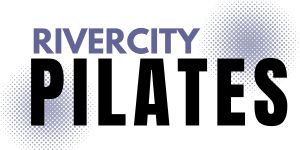
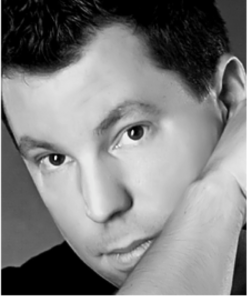
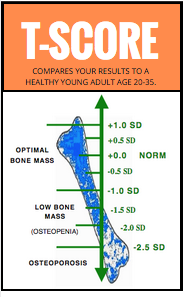 Results of a bone density test provide a T-score, which indicates how your Bone Mass Density (BMD) compares to that of a healthy 20- 35 year-old. By age 30, a person’s bone density is at its peak and should ideally be maintained at this level throughout their life. As BMD decreases from this peak density, the risk of fracture increases.
Results of a bone density test provide a T-score, which indicates how your Bone Mass Density (BMD) compares to that of a healthy 20- 35 year-old. By age 30, a person’s bone density is at its peak and should ideally be maintained at this level throughout their life. As BMD decreases from this peak density, the risk of fracture increases.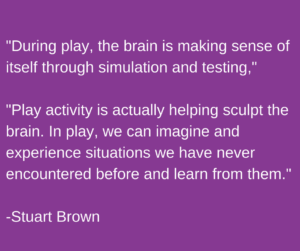 Recess in school is something that most of us would not question. We know that kids need to move and wear off some energy in able to sit still and get their learning time in. Can you imagine trying to make a 7 year old sit at a desk for 3 hours or 4 hours at a time without being able to get up? Do you think they would learn very much or get very much study time in?
Recess in school is something that most of us would not question. We know that kids need to move and wear off some energy in able to sit still and get their learning time in. Can you imagine trying to make a 7 year old sit at a desk for 3 hours or 4 hours at a time without being able to get up? Do you think they would learn very much or get very much study time in?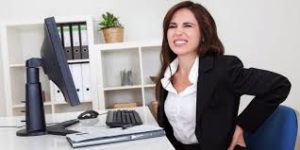 If you are one of those people who has a career that involves sitting anywhere for long periods of time I’m guessing you know how hard it can be on your body. You probably have felt the achy back, sore neck and shoulders and just sluggishness we feel when we don’t move on a regular basis. So what do you do about it? How about some planned recess time? Recess time as an adult could be just about anything like:
If you are one of those people who has a career that involves sitting anywhere for long periods of time I’m guessing you know how hard it can be on your body. You probably have felt the achy back, sore neck and shoulders and just sluggishness we feel when we don’t move on a regular basis. So what do you do about it? How about some planned recess time? Recess time as an adult could be just about anything like: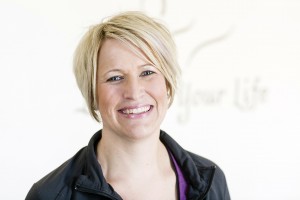 There are days when I’m teaching a new client, I say something and they just look at me as if I were speaking a different language. And then I realize…I am speaking a different language. As a Pilates instructor, the language and phrases I use to describe movement and to get people to do and feel what I want in their body, are not typical phrases you hear in day to day conversation. If you are new to the Pilates language I thought I would create a list of some of the most common types of phrases I use and explain them in normal English!
There are days when I’m teaching a new client, I say something and they just look at me as if I were speaking a different language. And then I realize…I am speaking a different language. As a Pilates instructor, the language and phrases I use to describe movement and to get people to do and feel what I want in their body, are not typical phrases you hear in day to day conversation. If you are new to the Pilates language I thought I would create a list of some of the most common types of phrases I use and explain them in normal English!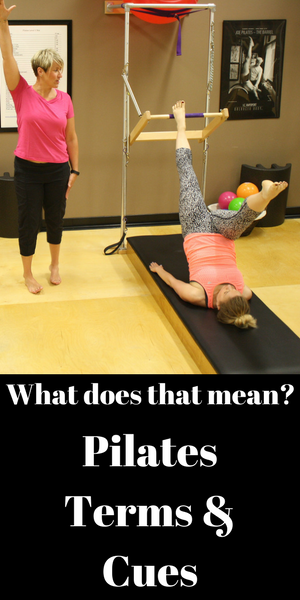 Articulate
Articulate